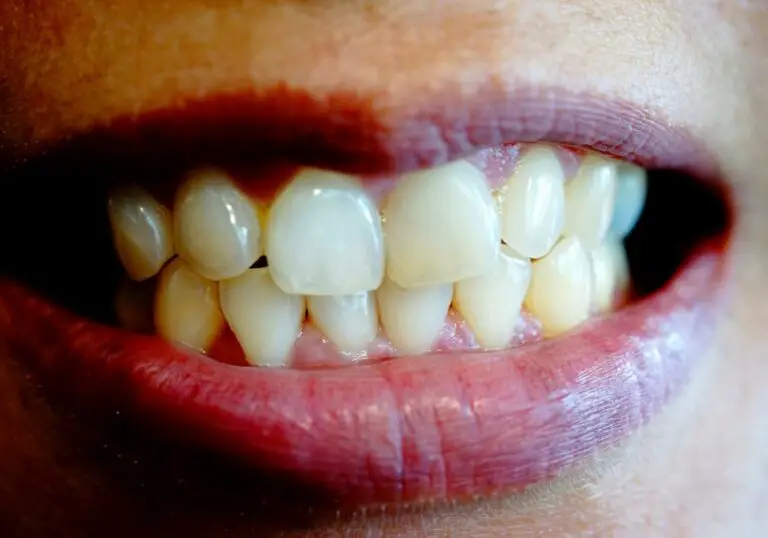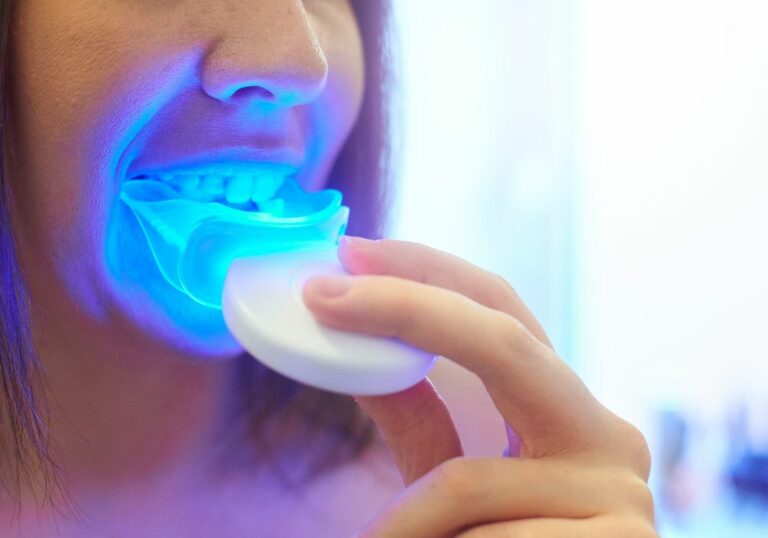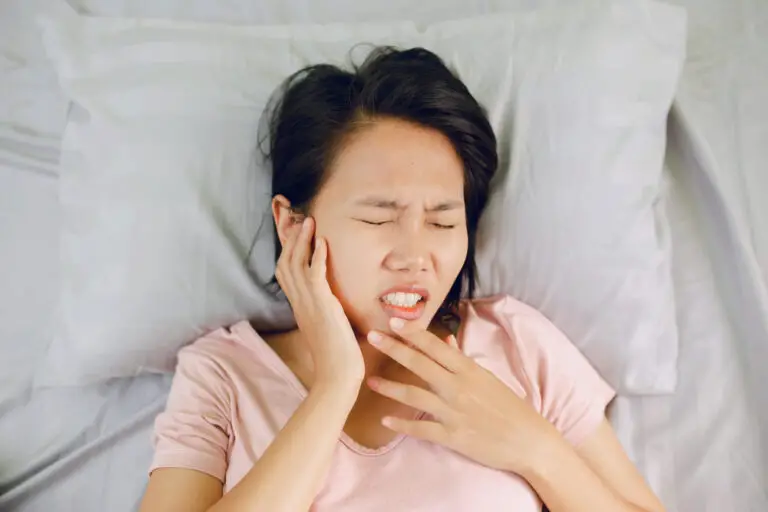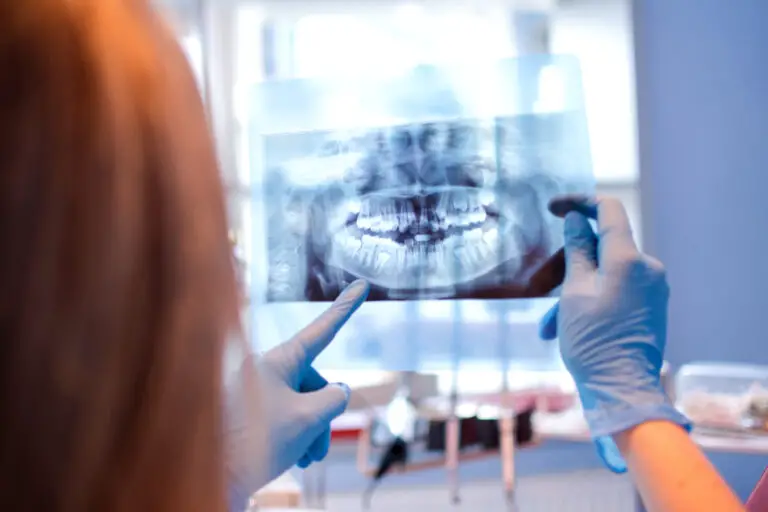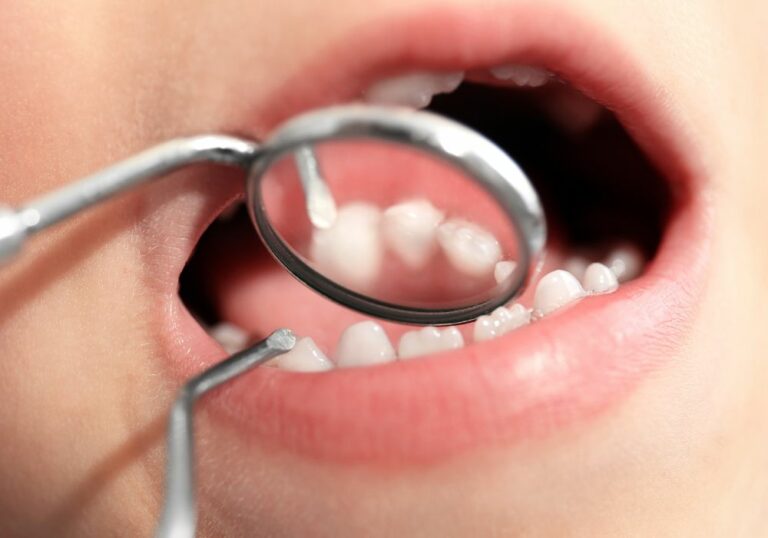Are you wondering why your teeth look more yellow after using whitening strips? You’re not alone. Many people experience this issue and are left wondering what went wrong. In this article, we’ll explore the reasons why teeth can appear more yellow after whitening strips and what you can do to prevent it from happening.
Teeth whitening strips are a popular option for those looking to brighten their smile. However, some users have reported that their teeth appear more yellow after using them. There are a few reasons why this might be the case. One reason is that the whitening gel in the strips can dissolve the enamel, which is the outer layer of the teeth. This can expose the yellowish dentin, which is the layer beneath the enamel. Additionally, the peroxide in the whitening strips can irritate the nerves in the dentin, causing tooth sensitivity and making the teeth appear more yellow.
Key Takeaways
- Whitening strips can cause teeth to appear more yellow by dissolving the enamel and exposing the yellowish dentin.
- Tooth sensitivity and gum irritation can also contribute to teeth appearing more yellow after using whitening strips.
- To prevent yellowing after whitening, it’s important to follow the instructions carefully, avoid overuse, and consider other whitening options such as professional treatments.
Understanding Teeth Whitening Strips

How They Work
Teeth whitening strips are a popular at-home teeth whitening solution. They work by using a gel that contains peroxide, which is a bleaching agent that can penetrate the enamel of the teeth. When the peroxide comes into contact with the discolored molecules in the teeth, it breaks them down and removes the stains.
The strips are made of a flexible material that conforms to the shape of your teeth. You apply the strips to your teeth and leave them on for a specified amount of time, usually around 30 minutes. During this time, the peroxide gel works to whiten your teeth.
Common Ingredients
The active ingredient in most teeth whitening strips is hydrogen peroxide or carbamide peroxide. Hydrogen peroxide is a stronger bleaching agent than carbamide peroxide, but it can also be more irritating to the gums.
Other ingredients in teeth whitening strips may include:
- Glycerin: a moisturizing agent that helps to prevent tooth sensitivity
- Water: a carrier for the active ingredients
- Sodium Hydroxide: a pH adjuster that helps to activate the peroxide
- Sodium Saccharin: a sweetener that makes the strips more palatable
It’s important to follow the instructions carefully when using teeth whitening strips. Overuse or misuse of the strips can lead to tooth sensitivity, gum irritation, and other dental problems. If you have any concerns about using teeth whitening strips, consult with your dentist before starting a whitening regimen.
Why Teeth Appear More Yellow After Whitening
Teeth whitening is a popular cosmetic dental procedure that can help improve the appearance of your teeth. However, sometimes teeth can appear more yellow after whitening strips. This can be due to a few reasons, including dehydration of teeth and enamel erosion.
Dehydration of Teeth
Whitening strips contain peroxide, which can cause teeth to become dehydrated. When teeth lose moisture, they can appear more yellow. Dehydration can occur when the peroxide in the whitening strips penetrates the enamel and reaches the dentin, the layer beneath the enamel. This can cause the dentin to become dehydrated and appear more yellow.
Enamel Erosion
Whitening strips can also cause enamel erosion, which can make teeth appear more yellow. Enamel erosion occurs when the peroxide in the whitening strips dissolves the enamel, the outer layer of the teeth. As the enamel wears away, the yellow dentin beneath is exposed, causing teeth to appear more yellow.
To prevent enamel erosion, it is important to follow the instructions on the whitening strips carefully. Overuse of whitening strips or using them too often can cause enamel erosion and tooth sensitivity. It is also important to use a toothpaste that is designed for sensitive teeth to help protect your teeth after whitening.
In summary, teeth can appear more yellow after whitening strips due to dehydration of teeth and enamel erosion. It is important to follow the instructions on the whitening strips carefully and use a toothpaste designed for sensitive teeth to prevent enamel erosion and tooth sensitivity.
Factors Influencing Teeth Yellowing
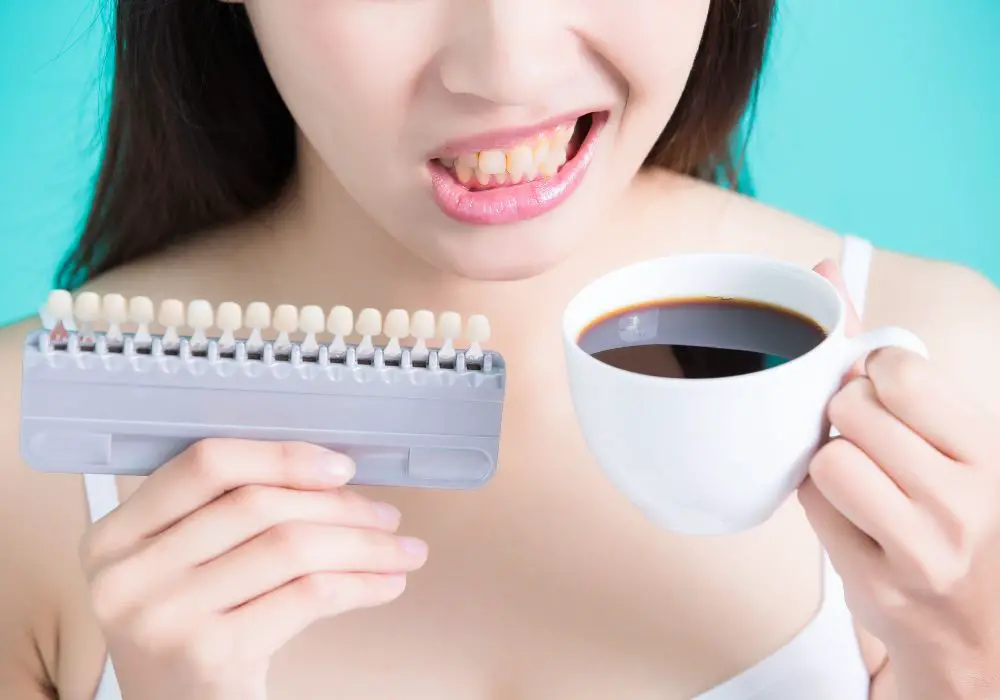
Diet and Lifestyle
Diet and lifestyle play a significant role in the yellowing of teeth. Consuming foods and drinks that are high in sugar, acid, and colorants can cause discoloration. Acidic foods and drinks such as citrus fruits, soda, and sports drinks can erode the enamel, making it easier for stains to penetrate the teeth. Additionally, smoking and consuming tobacco products can cause yellowing of teeth due to the nicotine and tar content.
Oral Hygiene
Poor oral hygiene can lead to the yellowing of teeth. Failure to brush and floss regularly can cause plaque buildup, which can lead to discoloration. Plaque buildup can also cause gum disease, which can cause the gums to recede, exposing the yellowish dentin layer of the teeth.
Genetics
Genetics can also play a role in the yellowing of teeth. Some people are born with naturally yellow or grayish teeth due to the thickness of their enamel or the color of their dentin. Additionally, some people may have a genetic predisposition to tooth discoloration.
Overall, maintaining good oral hygiene, avoiding foods and drinks that can cause discoloration, and quitting smoking can help prevent yellowing of teeth. If discoloration has already occurred, professional teeth whitening treatments may be necessary to restore the natural color of the teeth.
Preventing Yellowing After Whitening
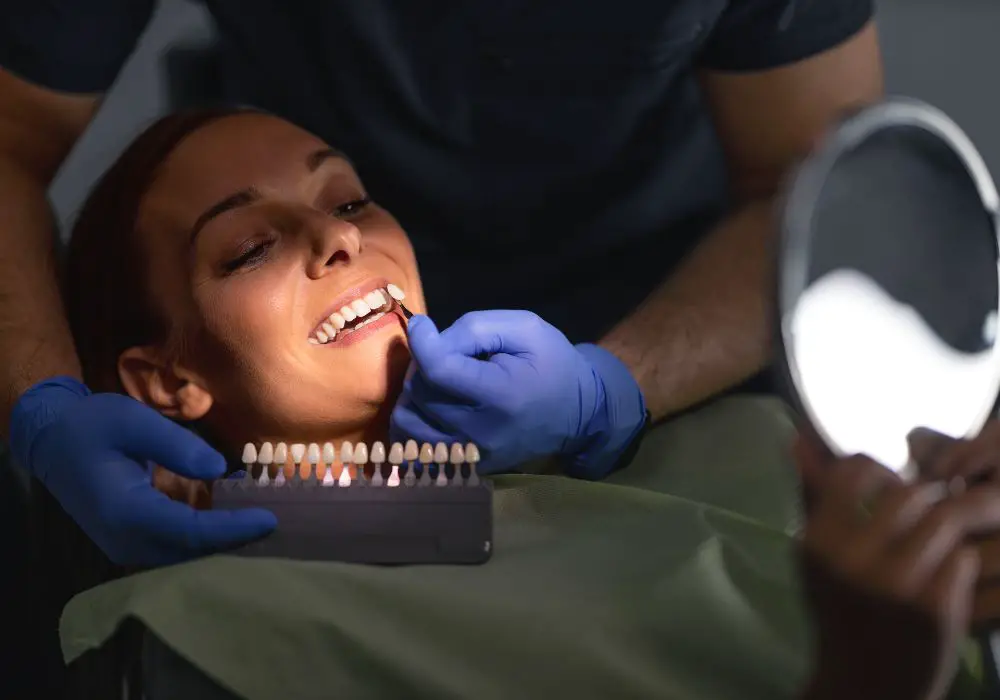
To prevent teeth from becoming yellow after using whitening strips, it is important to follow proper usage instructions and maintain good oral health.
Proper Use of Whitening Strips
When using whitening strips, it is important to follow the instructions carefully. Overuse or misuse of the strips can lead to damage to the enamel and cause teeth to become more yellow. Here are some tips to follow:
- Do not leave the strips on for longer than recommended.
- Do not use the strips more frequently than recommended.
- Do not use the strips if you have sensitive teeth or gums.
- Use a toothpaste designed for sensitive teeth to reduce sensitivity.
Maintaining Oral Health
Good oral hygiene habits can help prevent teeth from becoming yellow after whitening. Here are some tips to follow:
- Brush your teeth twice a day with fluoride toothpaste.
- Floss at least once a day to remove plaque and food particles from between teeth.
- Use mouthwash to kill bacteria and freshen breath.
- Limit consumption of staining foods and drinks, such as coffee, tea, and red wine.
- Quit smoking, as it can cause teeth to become yellow and lead to other oral health problems.
By following these tips, you can help maintain the whiteness of your teeth after using whitening strips. Remember to always consult with your dentist before using any whitening products.
Frequently Asked Questions
How long do whitening strips take to work?
Whitening strips typically take around 7-14 days to show results. However, this can vary depending on the brand and strength of the strips, as well as the severity of the discoloration on your teeth.
How many days does it take to whiten teeth with strips?
Most whitening strips are designed to be used for 7-14 days, and you should start to see results within this time frame. However, some people may need to use the strips for longer to achieve their desired level of whiteness.
Will my teeth turn yellow again after whitening?
It is possible for your teeth to become discolored again after using whitening strips, especially if you continue to consume staining foods and drinks. However, you can help maintain your results by practicing good oral hygiene and avoiding or limiting your intake of things like coffee, tea, and red wine.
How often to use whitening strips?
Most whitening strips are designed to be used once a day for 7-14 days. However, you should always follow the instructions on the packaging and consult with your dentist if you have any concerns.
How do you know if teeth whitening strips are working?
You should start to see a difference in the color of your teeth within a few days of using whitening strips. If you don’t see any improvement after a week or so, you may need to switch to a stronger product or consult with your dentist.
What are the best teeth whitening products?
There are many different teeth whitening products available, including strips, gels, toothpaste, and bleaching treatments. The best product for you will depend on your individual needs and preferences, so it’s a good idea to consult with your dentist before making a decision.

